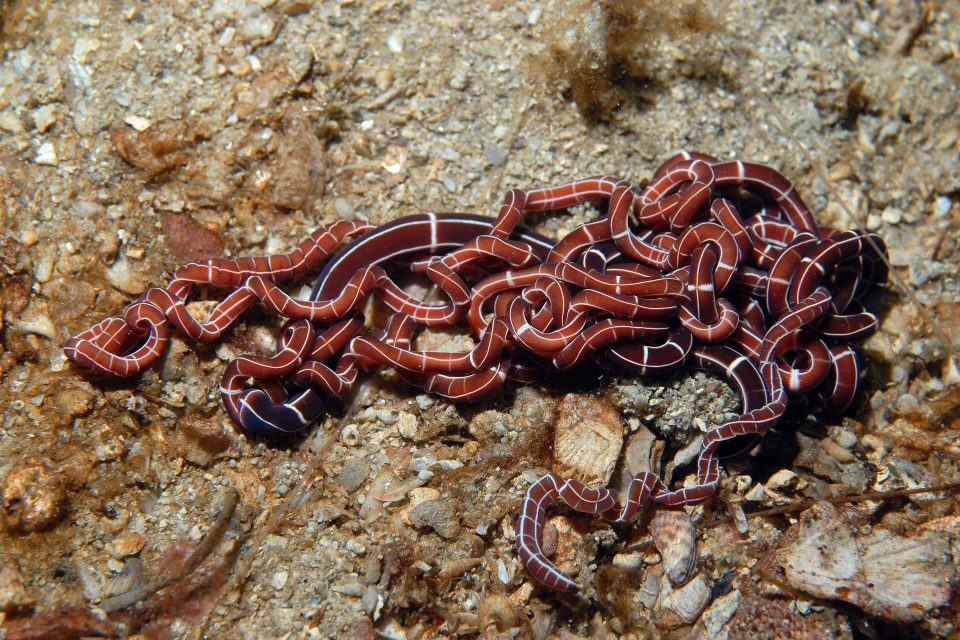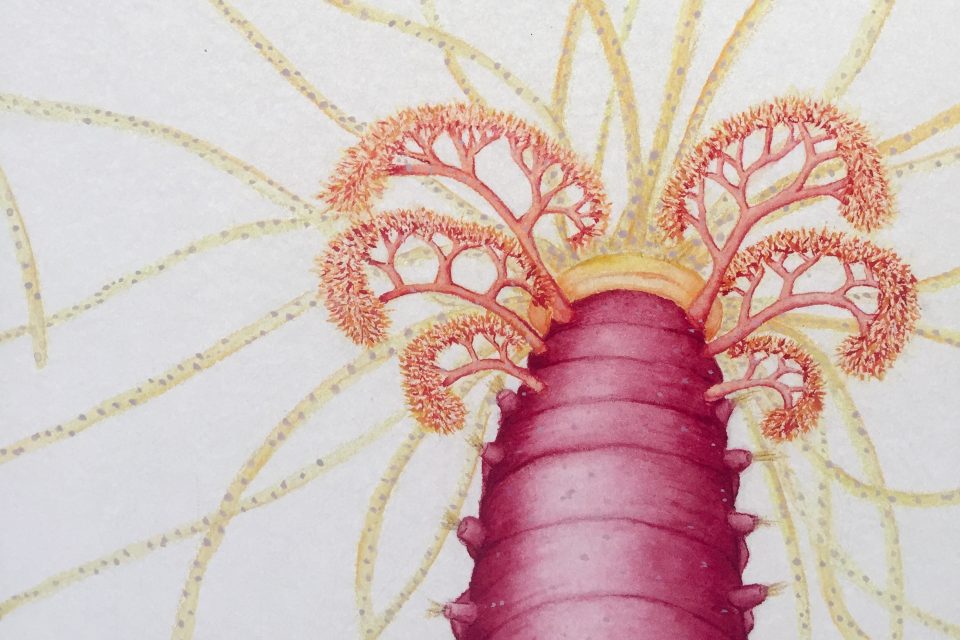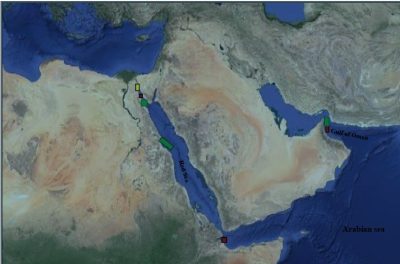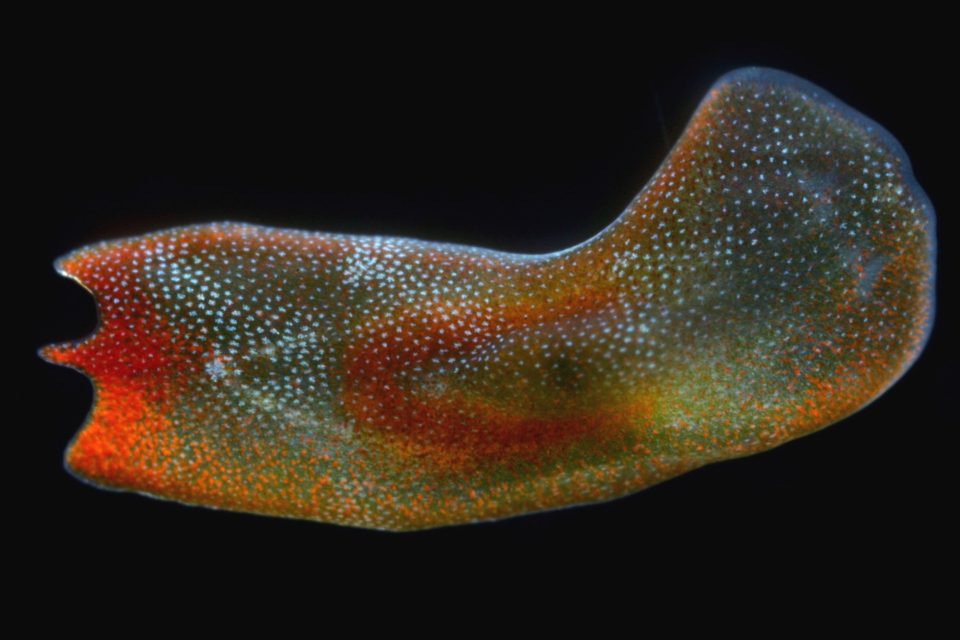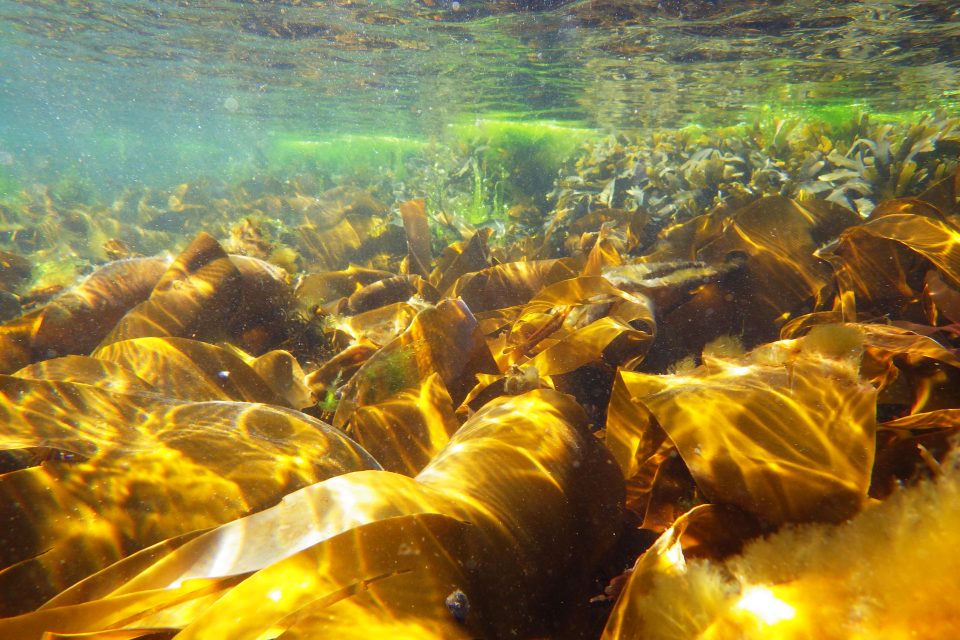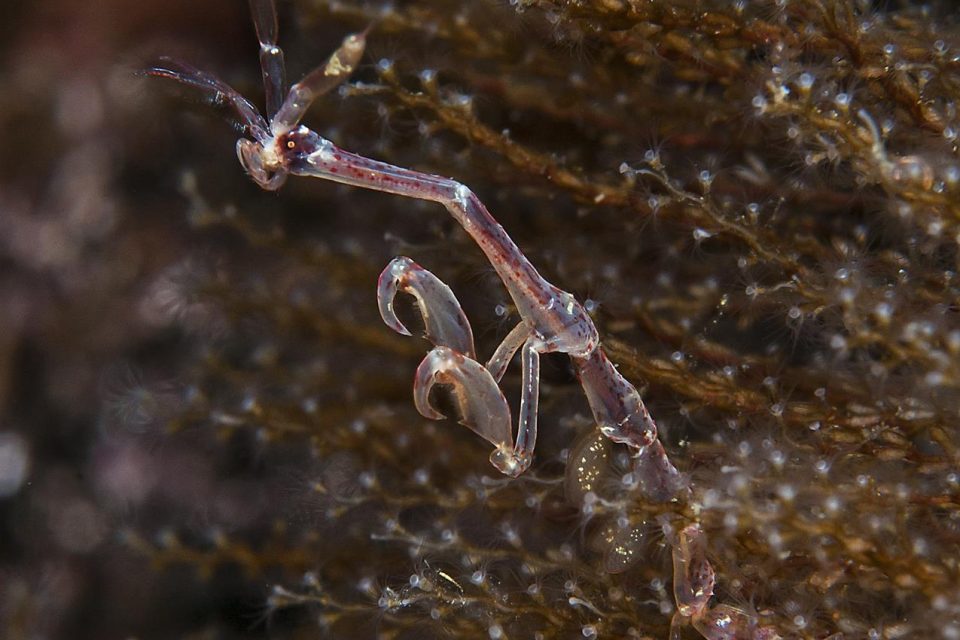
Door 19: A mysterious crustacean
For my second entry in our advent calendar, I will again present a taxonomic paper. This time it is surprisingly not about worms, but about a rather intriguing group of crustaceans, Facetotecta (Figure 1). It is a small group of about 14 species, all in the genus Hansenocaris. […]
